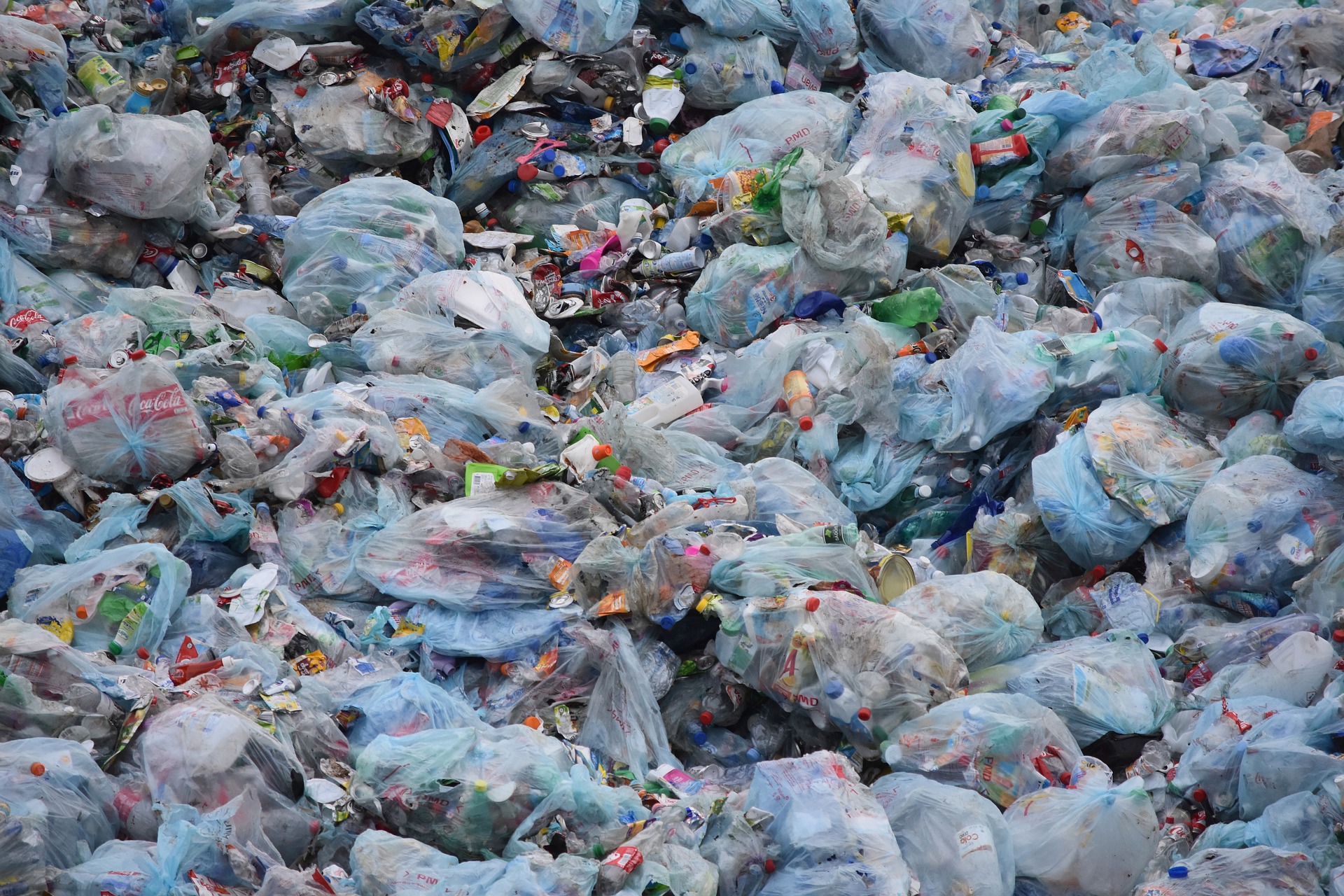
American municipalities have to figure out what to do with their plastic waste. (Ben Kerckx/Pixabay)
Noon Edition airs on Fridays at noon on WFIU.
Prior to 2018, the United States and the rest of the world could reliably send its waste to China for recycling.
That changed when the Chinese government enacted its National Sword policy, which bans the import 24 kinds of solid waste. The country announced it would no longer take plastic and mixed paper waste, which it had done for the past 25 years.
Retaliatory tariffs the country put on aluminum scrap last year also impacted recycling businesses in the U.S.
Now, programs across the country face an uncertain future as cash-strapped municipalities and cities must choose whether to invest more in recycling technologies and systems or forego recycling many materials altogether.
Join us this week on Noon Edition for our discussion on the crisis facing recycling programs.
Guests
Tom McGlasson Jr., Executive Director of the Monroe County Solid Waste Management District
Allyson Mitchell, Executive Director of the Indiana Recycling Coalition
Steve Sargent, Director of Recycling with Rumpke Waste and Recycling
Conversation
Steve Sargent says that China’s new policies have presented the recycling industry with unique challenges.
“I’ve been through about six of these economic downturns in the market, but this one’s unique,” Sargent says. “This one’s from a government policy from China, and we have been so dependent on the export market. I try explain to our customers that of all fiber that was collected and processed in this country, one third of that was shipped out of the country. Of that one third that was shipped out of the country, 70 percent of that went to China alone. So in 2018 when they slammed the door on especially mixed paper, it had a ripple effect on our industry. From a recycling perspective we’re having two issues. One is the movement: can you sell what you bring in, do you have a market for that? And number two is the price. The problem in the price is that we’re at a nine year low in the evaluation of recyclables we collect at the curb. So we’re having to deal with that. That’s why we’re having to look at the systems, look at contamination, and go back to our customers for some help.”
Allyson Mitchell believes that the recycling industry needs to do a better job educating consumers about single stream recycling.
“Single steam is primarily the system used at the residential curbside and often businesses as well,” Mitchell says. “Essentially it is a good system if people recycle properly and don’t contaminate their recycling, the material recovery facilities all over the county, they are set up to handle our material quickly and efficiently, and at a low cost. The problem is when we roll out those carts to residents for single stream and we say, ‘go for it and good luck,’ and we don’t give them proper education on what to put in, and more importantly on what not to put in. the greasy top to your pizza box, tear that off, you can’t recycling bin.”
Tom McGlasson Jr. is hopeful that new solutions will arise from the challenges posed by China’s National Sword policy.
“There’s a number of opportunities that could come out of this,” McGlasson Jr. says. “We’re seeing some of that. Steve mentioned earlier there’s seventeen new mills, announcements of new mills that are going to be built or coming online in the near future. That’s one of the opportunities. Allyson mentioned that in the Midwest we had a lot of that already in place because we weren’t so reliant on shipping things oversees because of the transportation costs. That’s one of our biggest costs, is transporting that material. We have all the material we collect, we have to pay to get it where it goes and that’s one of our biggest costs on an annual basis. But there’s a number of opportunities that are going to open up for processing mills for new tech, new repurposing. Entrepreneurs are everywhere, who knows who is going to come up with what.”






